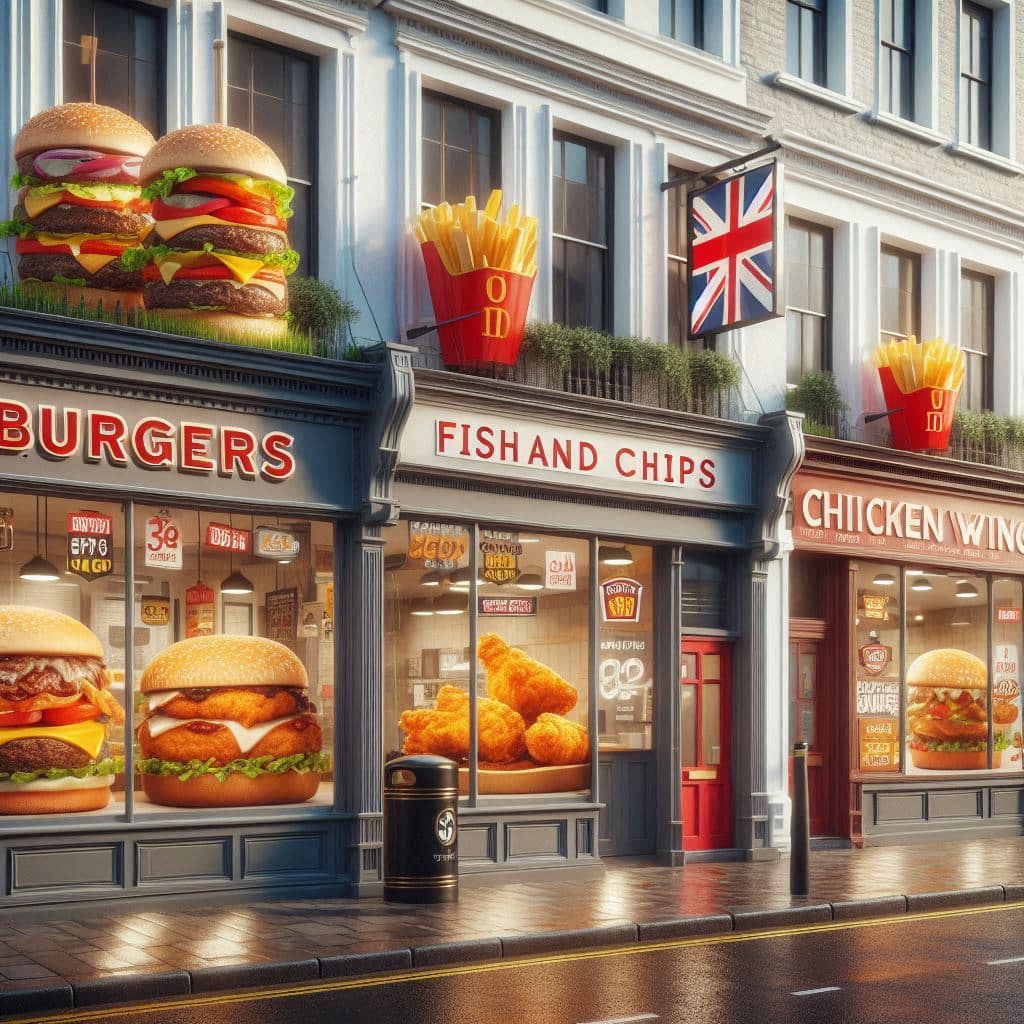Heathrow: a quart into a pint pot
SUGGESTED



My own challenge to HAL, not through the courts of course, but set out in my blog of January 2018 was benign by comparison. It was a proposal to develop the north-west runway in two consecutive phases, building out initially to the edge of the M25 and opening this 2000+ metre stretch for shorter-haul traffic, giving more time to plan and construct the difficult (and expensive) second runway phase, which involves getting it across the M25 without, hopefully, disrupting traffic on a critical part of the motorway network. The short runway could be up and running two years earlier than the planned single phase 3,500m blockbuster, even more if this tricky bit hits unforeseen snags. And, as HAL have made clear, time is of the essence; every month’s delay supposedly costs the British economy £1bn.
Interestingly, HAL’s latest consultation on its proposals (open until 13 September) takes a new line. It argues that improvements in air traffic control technology and airfield management provide the potential for 5% additional flights from the two existing runways before a new one opens (also using existing terminal capacity). Whether this is a signal that the currently proposed opening date (late 2026) is expected to slip is another matter but this proposal has its limitations. Squeezing more flights onto existing runways will do little to increase, and might actually reduce, resilience of existing airfield operations especially at times when weather conditions are less than ideal.
But equally, if not more important, is the environmental impact. Because the existing runways have an operating threshold well to the east of that proposed for the new one and thus are closer to built-up areas east of the airport, squeezing in more flights has potential for additional noise disturbance to nearby residents. To reduce existing disturbance the airport operates by alternating the use of the existing two main runways during the day. For part of the day, one runway is used for landings (because of the prevailing wind direction, usually from the east) and the other for take-offs (to the west). For the other part of the day, the procedure is reversed and, at the start of a new week, the alternation is switched completely, so that what was done in the mornings is now done in the late afternoon. This is aimed at giving residents periods of respite. In the future with three runways, the proposal is that one will be used in mix-mode (a take-off followed on the same runway by a landing) and this mix-mode format will alternate between the new north west runway and the existing southern runway.
But there remains a major problem; the two existing runways are well to the east of the new one and the proposal could result in operations from these two runways being significantly noisier than single mode operations of today. What HAL should be aiming to do is to maximise the use of the north western runway as soon as possible (to show that it has used best endeavours to minimise the noise problem). This is where my proposal for operating initially from a short runway fits in. It brings on-stream the northwest runway sooner rather than later. This would be beneficial in several ways. As part of its hearts and minds campaign HAL has cleverly lined-up the support of regional airports with the prospect of connecting flights to a major global hub. Indeed, it has already tried to accommodate such flights and Flybe now operate five regional routes mostly with small turboprop airliners. But this causes a further problem; their small size and slow approach speed disrupts air traffic flow and cuts down on capacity. Getting these aircraft onto a short stretch of the northwest runway as soon as possible would be a bonus. Second, it would reduce the need to squeeze extra flights onto existing easterly runways, thus reducing overflight noise and helping with the operational resilience of the airport. Third, the new runway has necessitated the redesign of airspace around Heathrow, a major change, and limited operations off a short new stretch of runway could provide the learning curve to ensure the new system beds in well. Lastly, on the basis of HAL’s figures, the economy would bank billions of pounds, sooner rather than later. The only thing standing in the way appears to be HAL’s unwillingness to accept temporarily a second-best solution.
1 thought on “Heathrow: a quart into a pint pot”
Comments are closed.





David
You have not included that the current northern runway is used solely for landings when on easterly ops. That’s ops from 04.30 to midnight plus, 18.5 hrs continuous ops no relief as per westerly ops. Heathrow have planning permission but failed to use it as it cost money, so residents in west suffer.
Quart in a pint pot has always referred to vehicles into the central terminal areas. Currently Heathrow expect all vehicles to be electric including construction traffic, 60 ton earth movers yet to be designed.